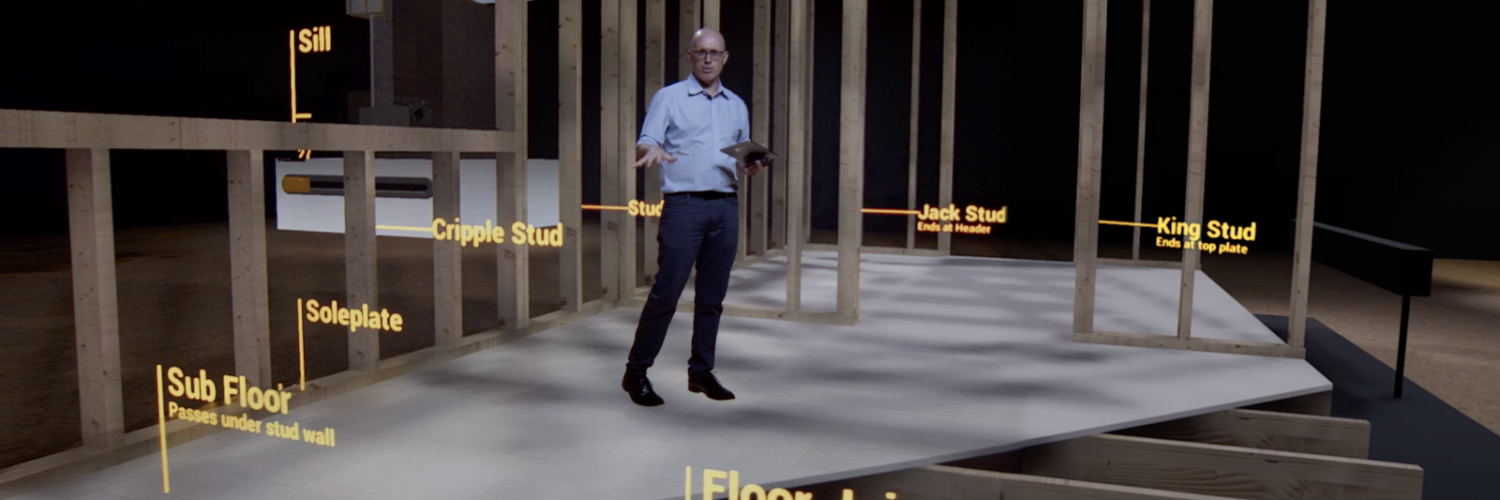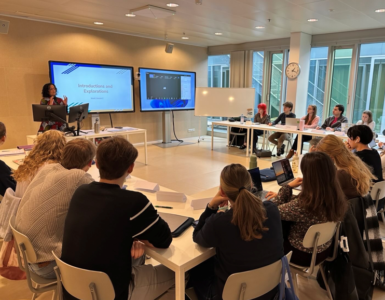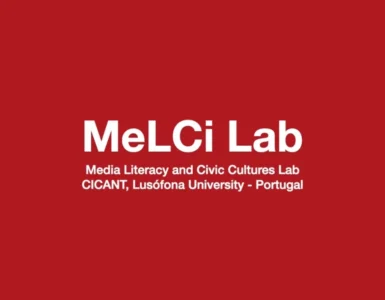by Jeremy Nelson, University of Michigan, USA.
Extended Reality (XR) technologies, including augmented, virtual and mixed reality, are already revolutionizing higher education by providing immersive, interactive, and experiential learning experiences. However, implementing and scaling XR technologies in higher education requires significant investment, expertise, and collaboration between different stakeholders. The XR Initiative at the University of Michigan (U-M) is a leading example of how a university can successfully navigate these challenges and harness the potential of XR for teaching, research, and outreach.
The XR Initiative was launched in 2019 as a cross-campus collaboration between U-M’s Center for Academic Innovation (CAI) and all 19 schools and colleges in the Ann Arbor campus. Its mission is to “explore, promote, and accelerate the use of XR technologies in teaching, learning, research, and creative expression across all disciplines at U-M and beyond.” Since its inception, the XR Initiative has made significant progress in developing XR resources, partnerships, and projects that showcase the potential of this technology in higher education.
Here are some steps that higher education institutions can take to scale XR technologies based on the work of the XR Initiative at U-M:
- Develop a clear and compelling vision: Higher education institutions need to develop a clear and compelling vision for the potential of XR in teaching, learning, research, and outreach. This vision should be communicated effectively to stakeholders across the institution, including faculty, students, administrators, and IT staff, and should generate enthusiasm and support for the initiative.
- Establish cross-campus collaborations: Scaling XR technologies requires collaboration between different stakeholders, including IT services, academic innovation, research, and disability support services. The XR Initiative at U-M was launched as a cross-campus collaboration, which allowed it to leverage the expertise and resources of different departments and create a shared vision for the use of XR in higher education.
- Develop accessible XR guidelines: XR experiences should be designed to be accessible to all learners, including those with disabilities. Higher education institutions should develop XR accessible guidelines that reflect their commitment to equity and inclusion in the use of technology for teaching and learning. These guidelines should take into account learners that aren’t able to access devices, or are prone to cybersickness, by offering alternative solutions to XR experiences.
- Establish partnerships with industry leaders: Higher education institutions should establish partnerships with industry leaders such as Meta, Microsoft, Google, Epic Games, and Unity to develop XR training programs and resources for faculty, staff, and students. The XR Initiative at U-M has partnered with Microsoft and HP to provide U-M students and faculty with access to XR tools and resources.
- Support XR projects across different disciplines: XR technologies have the potential to enhance learning outcomes across different disciplines, including sciences, humanities, and arts. Higher education institutions should support a wide range of XR projects across different departments and disciplines that leverage XR to enhance learning outcomes and engage students in new and exciting ways. The XR Initiative at U-M has supported a wide range of XR projects, including virtual field trips, simulations, games, and artistic experiences.
- Establish an XR innovation fund: Higher education institutions should establish an XR innovation fund that provides funding and support for innovative XR projects proposed by faculty, staff, and students. The XR Initiative at U-M has established the XR Innovation Fund, which has supported over 40 projects since its launch, with projects in 17 of the 19 schools and colleges.
- Build a community of XR resources and practitioners: Scaling XR technologies in higher education requires building a community of XR practitioners and enthusiasts who can share their expertise, experiences, and best practices. Higher education institutions should also create a central device and software support system that can manage and support headsets, applications, and checkout protocols for wider adoption of XR technology.
The XR Initiative at the University of Michigan has become a leading example of how higher education institutions can scale Extended Reality (XR) technologies for teaching, learning, research, and outreach. The Initiative has developed a clear vision for the potential of XR in higher education, established cross-campus collaborations, developed accessible XR guidelines, and partnered with industry leaders. They have also supported a wide range of XR projects across different disciplines and established an XR innovation fund that provides funding for innovative projects proposed by faculty, staff, and students. These steps provide a blueprint for any higher education institution to leverage the potential of XR to enhance learning outcomes and engage students in new and exciting ways.
Editor’s note: We are delighted to have Jeremy as one of our keynote speakers for Media & Learning 2023: Where pedagogy meets media which will take place 20-21 June in Leuven, Belgium.

Author
Jeremy Nelson, Senior Director of XR, Media Design & Production, University of Michigan, USA













